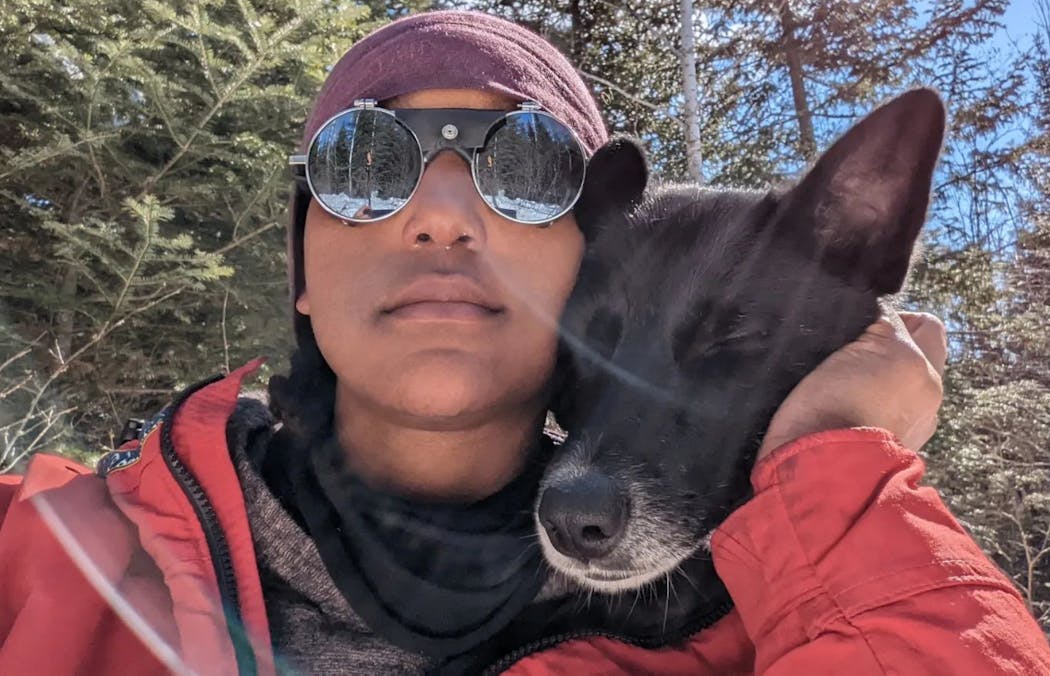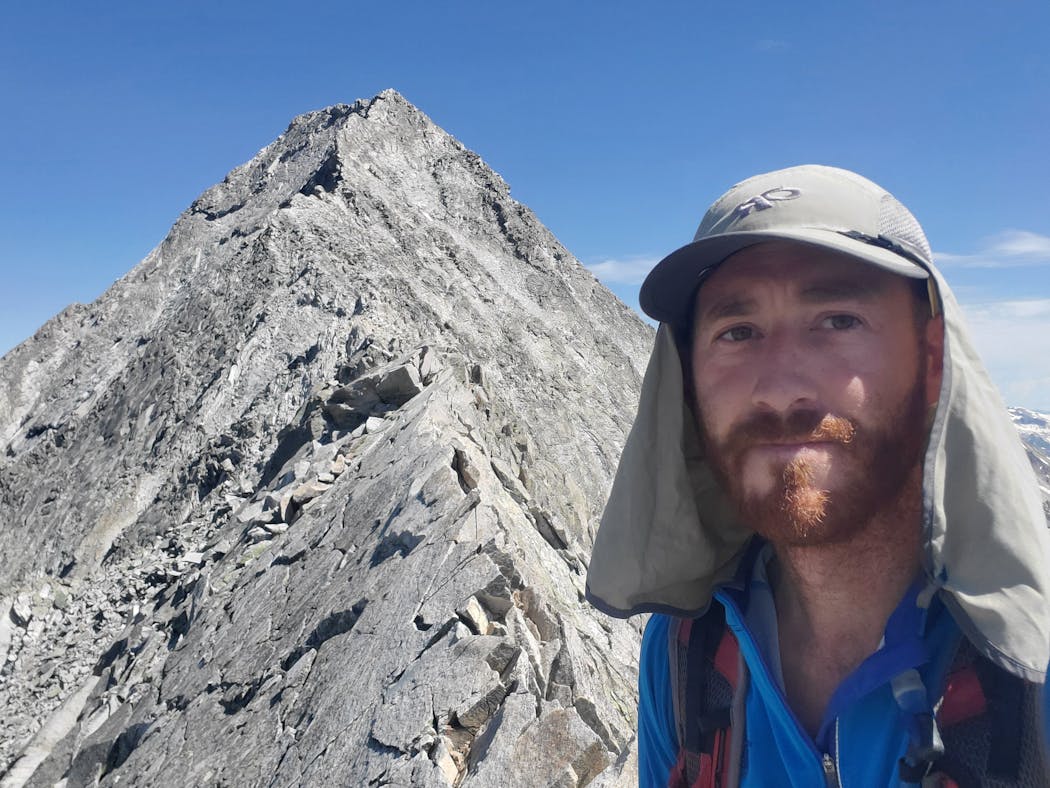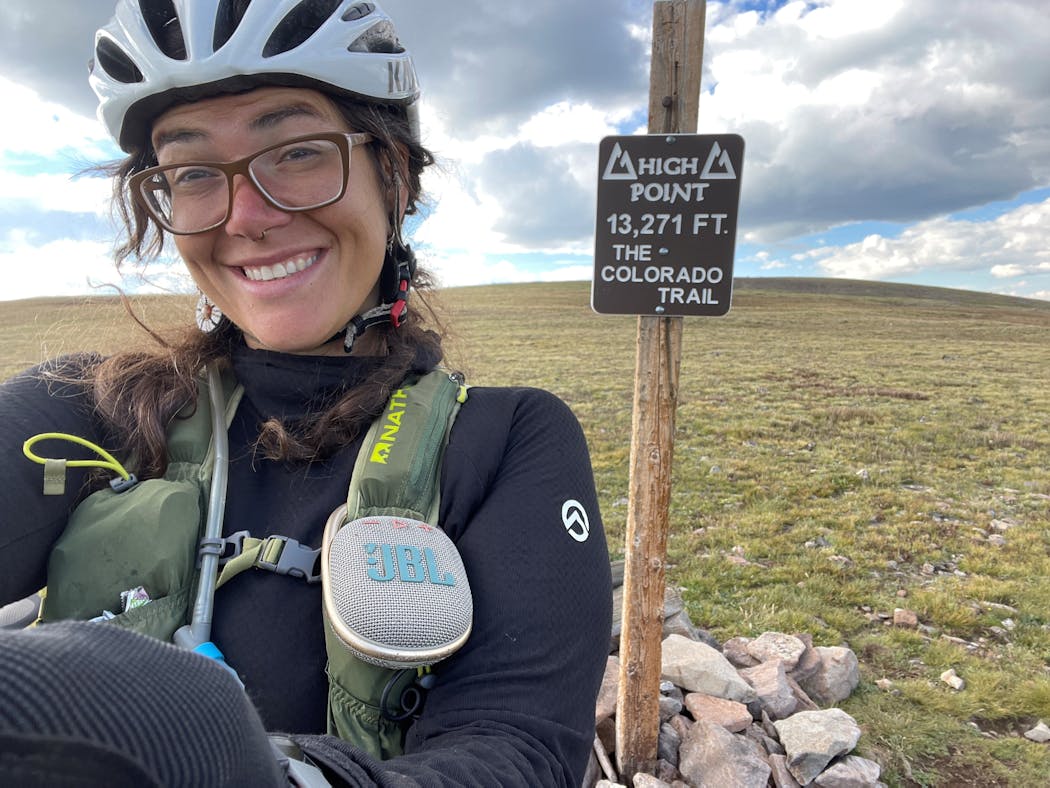It's a wild life: Meet the latest generation of Minnesota's adventurers
Minnesota has long been home to adventurers.
Consider Minnesota-bred aviator Charles Lindbergh, who made history flying nonstop across the Atlantic from New York to Paris in 1927. Or Eric Sevareid, who made a 1930 "Canoeing with the Cree" paddle from Minnesota to Hudson Bay the summer after he graduated from high school. He went on to become a famed war correspondent.
The roll call of polar explorers with Minnesota roots includes Ralph Plaisted, an insurance salesman who led a 1968 snowmobile expedition across the Arctic that became the first undisputed overland trip to the North Pole; polar expedition leaders Will Steger and Ann Bancroft and arctic adventurer and climber Lonnie Dupre.
There are fewer unconquered oceans, continents and frontiers in today's world, but that doesn't mean Minnesotans have lost their taste for extreme challenges and outdoorsy feats. Here are a few examples of today's generation of young, diverse wild adventurers who call Minnesota home.
Emily Ford
Age 30, from Duluth
Best known for: In 2021, Ford became the second person and the first woman and person of color to complete a winter thru-hike of the Ice Age Trail in Wisconsin, a 1,200-mile trek over 69 days during the heart of winter. She was accompanied by a sled dog named Diggins. Her journey became the subject of a documentary, "Breaking Trail," which premiered at last year's Banff Centre Mountain Film and Book Festival.
Ford, who is the head gardener at Duluth's Glensheen Mansion, followed up that trip with a 28-day, 180-mile ski trek across the Boundary Waters Canoe Area Wilderness last winter.
Why do it? Ford has been athletic all her life, competing in volleyball, rugby, shot put, discus, wrestling and powerlifting during her high school and college years. At one point she was even a cheerleader. But she's always had an adventurous streak, once hiking for miles as a kid along the railroad tracks in Brooklyn Park, where she grew up.
"There's something about the challenge of sticking to it," she says of her long treks. "You know it's going to be tough. You know it's going to suck. You know it's going to be hard. There's going to be a lot of ups and downs and thrills all in between. The end is always bittersweet. You want it to last longer, but you're also excited to be home. It's just a whole different type of adventure versus going out for the weekend. It's like a weird addiction."
How does living in Minnesota lead to adventure? When she was a kid, Ford would visit her grandparents' farm in northern Minnesota in the winter and sit atop a bucket on a frozen, windy lake to ice fish with her grandfather. "I enjoyed spending time with my grandparents so much, I didn't care how cold I was," she says. "You can do so much in the snow. I think it's a really underrated season."
Advice on how to be an adventurer: Don't be afraid to start small. You could just walk around the neighborhood or camp in your backyard to start, Ford says. "It's OK to take small bites out of it."
Dan Hobbs
Age 37, from Bloomington
Best known for: Hobbs is a flatlander from the Twin Cities who became the king of Colorado's tallest mountains. Last summer, Hobbs broke a more than 25-year-old record completing the "fastest known time" climbing all of Colorado's 58 peaks above 14,000 feet without any outside help. Hobbs took 14 days, 17 hours and 33 minutes to climb all of the mountains, following a rigorous set of rules to make it a true self-supported challenge: He drove himself from trailhead to trailhead, obeying all traffic laws. He refused to allow anyone to prepare meals or hand him food, carry his gear, help him navigate or pace him on his hikes. The feat involved driving 1,634 miles, walking 315 miles, and climbing 151,000 feet. The accomplishment is particularly impressive because Hobbs didn't have a real mountain to train on. Instead, he got himself in shape by endlessly going up and down the hills at Three Rivers Park District's Hyland Hills Ski Area in Bloomington, a climb of only 180 feet that reaches a mere 1,000 feet above sea level. "That's probably the number one reaction I get from people. They can't believe I came from Minnesota, a flat state with no elevation, to do it," Hobbs says.
Why do it? In 2013, Hobbs actually climbed 57 of Colorado's Fourteeners in about 24 days. His goal was to raise money for the nonprofit Save the Children and to beat his depression. "I realized I was pretty fast at this," he says. "It occurred to me this was the one thing I could probably set a record at in my life."
How does living in Minnesota lead to adventure? "You have to be a little tough to live here. Our winters are pretty brutal. Our summers are, I would say, equally as brutal with hot, humid weather," Hobbs says. "I think we do breed tough outdoors people here."
Advice on how to be an adventurer: "You don't have to be extraordinarily talented or be born with extreme strength or anything like that. You need to set big but achievable goals, and then put in the planning and hard work to accomplish them," Hobbs says. "I'm a pretty normal, middle-aged dad from Minnesota who just set a major mountain climbing record. That should say enough on how true the above statement is."
Alexandera Houchin
Age 32, from Cloquet
Best known for: In 2018 and 2019, Houchin won the women's division of the Tour Divide, an ultradistance, self-supported bikepacking race that spans 2,745 miles, traversing the Rocky Mountains from Banff, Alberta, to the Mexican border. She's also won three Colorado Trail Races. That's a 527-mile bikepacking race winding through the Rocky Mountains from Denver to Durango. And she set women's single speed biking records on the Arizona Trail Race at both 300 and 800 miles. The ultradistance events require competitors to carry their own food and camping gear on rugged trails, with lots of climbing and unpredictable weather. Houchin ups the difficulty by using a single-speed mountain bike. "I just like it more. It's more challenging. It's more fun. It's more pure," she says.
Why do it? Houchin was overweight and unathletic as a youth, but her life changed when she got a bike to get to and from a job. She became a bike messenger, a bike mechanic, a long-distance bike tourer and now a full-time athlete. She's seeking "to have ceremony in a contemporary way in my life," she says. "I found that ceremony through doing these long bike races, and it helps me become a better person, and a better relative and just overall, a happier human."
How does living in Minnesota lead to adventure? Houchin is a citizen of the Fond du Lac Band of Lake Superior Ojibwe. "Our home is on the shores of Gitchi-Gami and being woven into that community has given me a great sense of belonging and meaning that I'm able to take with me as I adventure and compete in races all over the United States."
Advice on how to be an adventurer: "Be open to the journey and don't get yourself focused on the outcome; the best adventures tend to come from the unplanned surprises."
Jasper Priest
Age 17, from Minneapolis
Best known for: If falling off a log is one of the easiest things to do, Priest is an expert at one of the hardest: staying on the log. The teenager has two world championship titles as a log roller, a sport he's been doing for about 10 years. He's won world championships in the U-13 and U-17 divisions at the annual Lumberjack World Championships in Hayward, Wis., and now competes as a professional, in addition to maintaining a 4.0 GPA at South High School in Minneapolis. So he's both a scholar and a lumberjack. His younger brother and sister are also log rollers — the family practices in their backyard pool.
Why do it? "I think it's unique. I like trying new things," Priest says. Priest describes log rolling as a low impact, but mentally challenging, "solo sparring" sport that appealed to him as an introvert. At 5-foot-10 and 145 pounds, he isn't as strong and heavy as other adult competitors, but "there isn't a perfect body type for log rolling."
How does living in Minnesota lead to adventure? The state's history as a lumber producer makes log rolling a pretty Minnesota thing to do, according to Priest. It's not uncommon for log rollers to pass their skills down from generation to generation. "It's almost a historical sport," he says.
Advice on how to be an adventurer: Priest says with something as unusual as log rolling, you'll never know until you try it whether it's something you might be good at.
Natalie Warren
Age 33, from Minneapolis
Best known for: A few days after Warren and her friend Ann Raiho graduated from St. Olaf College in 2011, the two paddled a canoe more than 2,000 miles over 85 days from Minneapolis to Hudson Bay. They are believed to be the first women to complete the route made famous by Eric Sevareid's 1935 account, "Canoeing with the Cree." Warren followed that up with a 2013 canoe expedition along the length of the Mississippi River from Bemidji to New Orleans. She was also on the first-place team in the women's voyageur division in the 2016 Yukon River Quest, paddling 444 miles almost nonstop in 53 hours.
Why do it: The Hudson Bay trip resulted in its own book by Warren, "Hudson Bay Bound." She's using her experience paddling down the Mississippi River in her dissertation for her doctorate at the University of Minnesota in environmental communication. "I feel like I've learned about the world through the lens of a canoe," she says. "And pushing myself physically is a space where I felt empowered, specifically as a woman, to feel strong in a canoe and feel the love of the world around me."
How does living in Minnesota lead to adventure? Warren is originally from Miami, but she was introduced as a 15-year-old to extended wilderness canoe expeditions when she attended the YMCA Camp Menogyn located on the Gunflint Trail in northeastern Minnesota. "I sort of got hooked after that," Warren says. "There's a great culture here, people who just understand adventuring."
Advice on how to be an adventurer: "There are a million reasons not to do something like this," Warren says. "I think the hardest part is actually having the courage to step into that unknown space and to not talk yourself out of it."





